The good news is this: I made an amazing pie. Twice.
The bad news is this: sometimes to get a gluten-, chickpea- and nut-free blend of flours to work as magnificently as good old all-purpose flour does, and to get it to actually taste like something other than "weird" or "chalky" or "off", you have to use a daunting number of ingredients. Some of these ingredients have the consistency of powdered sugar and will leave your hands, your clothes, and many surfaces in your kitchen coated in white. Some of these ingredients are super expensive. All of them are highly processed, highly perishable, tricky to store, and rather unsavory on their own.
The bad news is this: sometimes to get a gluten-, chickpea- and nut-free blend of flours to work as magnificently as good old all-purpose flour does, and to get it to actually taste like something other than "weird" or "chalky" or "off", you have to use a daunting number of ingredients. Some of these ingredients have the consistency of powdered sugar and will leave your hands, your clothes, and many surfaces in your kitchen coated in white. Some of these ingredients are super expensive. All of them are highly processed, highly perishable, tricky to store, and rather unsavory on their own.
Sometimes when I open my freezer full of these items, I just sigh wistfully, missing the days when 101 Cookbooks and Smitten Kitchen provided my uncomplicated dinner inspiration and Joy the Baker was my main squeeze for sweets.
Sometimes I suck it up and experiment.
Sometimes I experiment and I whip out a fabulous, fabulous, breathtaking, unbelievably better-than-normal-tasting, delectable gem. This coffee cake was a recent one. But - friends! - it pales in comparison to the pie I made yesterday. (The fact that I made it yesterday and am posting about it today should be proof enough of that point. When was the last time that happened?) (Full disclosure: I made this on Wednesday, which was "yesterday" when I started this post on Thursday. And then I made it again on Saturday, the new "today".)
I know this pie won't be for everyone. So:
(a) If you and your family can eat wheat, just head on over to Joy the Baker's site for the recipe that inspired my own pie. Swap in peaches for strawberries and you'll have a less fussy version of what's below.
(b) If you are appalled by the number of ingredients I call for in my pie crust flour blend (SIX!), you can modify it based on the Living Without template I provide following the recipe, or you could try using a purchased high-protein gluten free baking blend. It will likely include one or more of the following as the first ingredient: soy, fava, or chickpea flour (besan). (Example: Bob's Red Mill makes a gluten free all-purpose baking blend starring chickpea flour and it gets rave reviews and is the primary blend used in the vegan, gluten-free Babycakes bakeries (according to their cookbooks).)
(c) You could skip the crust and just make a crumble. It will be comparably delicious and much easier.
For those of you in my situation, though - those of you in my situation who want to make a pie, anyway - I am so happy to share this with you! It's A-MAY-ZING. Come try some for yourself. You have five minutes.
Are you ready for the recipe?
I bet you are, but I have more to say. Here's the deal. There are no eggs, no dairy, no wheat, no nuts, no besan in this recipe. You know what it's not free of, though? SUGAR. Sugar is bad for you but it tastes good. Pie is bad for you but it tastes good. I made this same pie crust a few weeks back and used it for a plum galette. I was so impressed with how manageable the dough was and it ended up looking and tasting like a real pie - of course I was going to make it again, before I even tried it!
Wouldn't you?
But then we ate it. And it wasn't bad; no crumb went to waste. It was super tart though. I had tried to go the healthier route (might as well go all out, eh? - vegan! gf! no refined sugar! 7 minute workout!), so I used date sugar instead of regular sugar. And I used plums and apricots, neither of which are super sweet. The tartness of it all was a little much for us (thank heavens for ice cream), so I vowed that next time I messed around with this pie crust, a high level of sweetness was not something to be compromised.
I think I am done now. Pardon my amateur "fluting". Enjoy!
Vegan, Gluten Free Peach Rhubarb Pie
With some help from Living Without and Joy the Baker
Yield: 3 8 servings
Note: Make the filling before the crust. Make the crumble after the crust, in the same bowl.
For filling
1 pound rhubarb, sliced into 1/2 to 1" pieces
2-3 white peaches, pitted, sliced and cut into 1/2 to 1" pieces (don't bother peeling)
1/3 cup brown sugar
1/3 cup sugar
2 heaping teaspoons cinnamon (or apple pie spice if you want more spice)
1/4 cup corn starch
For crust
1 1/2 cups gluten-free high-protein flour blend (recipe following pie recipe)
1 1/2 teaspoons xanthan gum
1/2 teaspoon salt
3 tablespoons sugar
6 tablespoons coconut oil (= 1/3 cup, if that is easier for you to measure)
1/3 cup cold water
3 teaspoons cider vinegar
For crumble
3/4 cup gluten free flour
3/4 cup oats
2/3 cup brown sugar
1/2 teaspoon salt
4 tablespoons coconut oil (= 1/4 cup) (soft or melted, it really doesn't make a difference)
Make your filling by gently tossing the rhubarb, peaches, and other filling ingredients in a large bowl until the fruit is all covered with sugar and cornstarch and spice. Set aside.
Prep for crust, as you need to work quickly so it doesn't dry out: Grease your 9 or 10" pie plate liberally. (I used coconut oil and this worked fine.) Have a large surface available and clean (ideally a large cutting board), cover it with a large sheet of parchment paper, and dust it with some flour. Have your rolling pin available and dust it with a little flour too. Clean your hands so that you can get them messy. In a large bowl, whisk together flour, xanthan gum, salt, and sugar. Melt the coconut oil in a measuring cup until just liquid. Whisk coconut oil, water, and vinegar together. Pour wet ingredients into dry and combine with your hands until you have a sticky but workable dough. Form a ball with the dough and place it in the center of your floured parchment paper. Dust the top of the dough with a little more flour. Roll the dough into a circle about 12-13" in diameter. Invert your pie plate into center of rolled dough. Now, either flip whole cutting board over while holding pie plate on top (so that at the end the pie plate will be on the bottom with the dough on top), or very carefully use the parchment paper to flip crust into pan. Gently coax the dough into the pie plate and use any extras that hang over the sides to patch holes or thicken thin spots.
Pour the filling into the pie crust and place in the freezer for 30 minutes.
Meanwhile, preheat your oven to 350 degrees. Make crumble by combining all ingredients in a large bowl with your hands, squeezing it in little handfuls until you get a nice mix of big and small sticky crumbs.
After pie has chilled for 30 minutes, top rhubarb mixture with crumble and spread it out over top of filling. Place in oven and bake for 30 minutes, then rotate pie 180 degrees and bake for 15-20 minutes more, until crust is golden brown and filling is bubbly. Allow to cool for 2 hours before slicing and serving.
--------------------
My high-protein blend, which made about 4-5 cups of flour and which I will make again:
1¼ cups soy flour
1 cup tapioca starch/flour
1/2 cup arrowroot starch
1/2 cup potato starch
1/2 cup white rice flour
1/2 cup superfine brown rice flour
---------------------
Living Without's template for a High-Protein Flour Blend, which the magazine specifies "works best in baked goods that require elasticity, such as wraps and pie crusts."
1¼ cups soy flour
1 cup tapioca starch/flour
1/2 cup arrowroot starch
1/2 cup potato starch
1/2 cup white rice flour
1/2 cup superfine brown rice flour
---------------------
Living Without's template for a High-Protein Flour Blend, which the magazine specifies "works best in baked goods that require elasticity, such as wraps and pie crusts."
1¼ cups bean flour (your choice), chickpea flour or soy flour
1 cup arrowroot starch, cornstarch or potato starch
1 cup tapioca starch/flour
1 cup white or brown rice flour

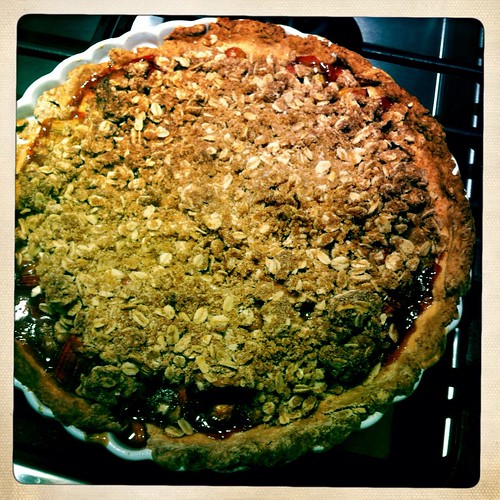
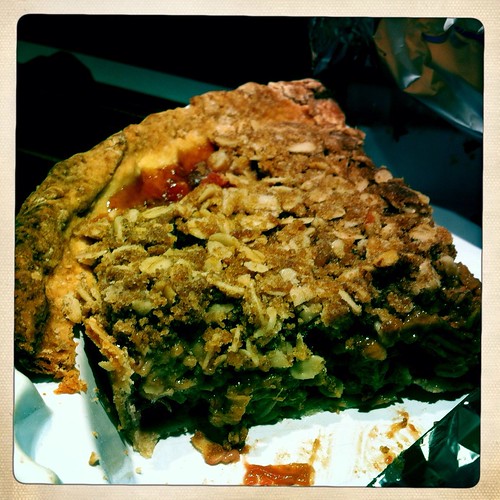
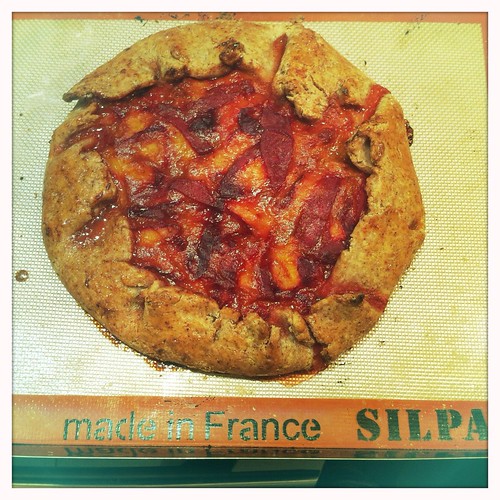
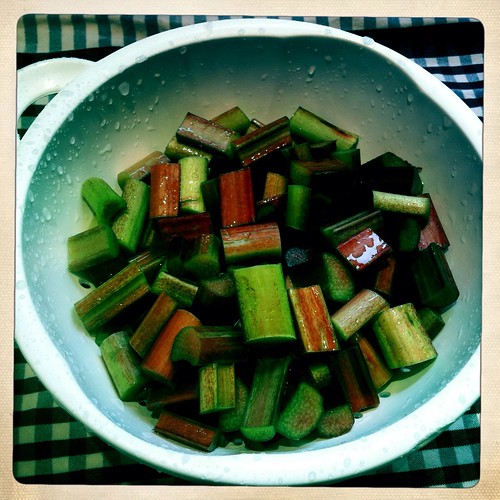
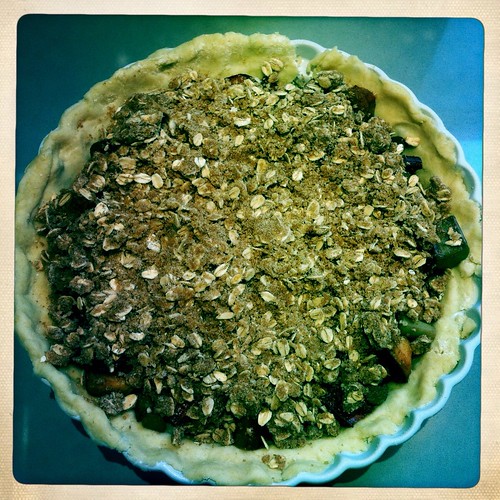
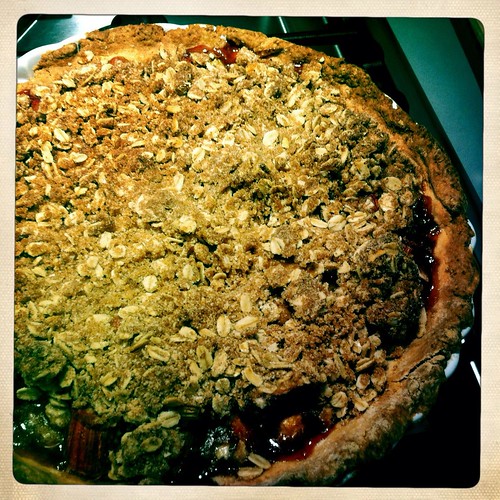
No comments:
Post a Comment